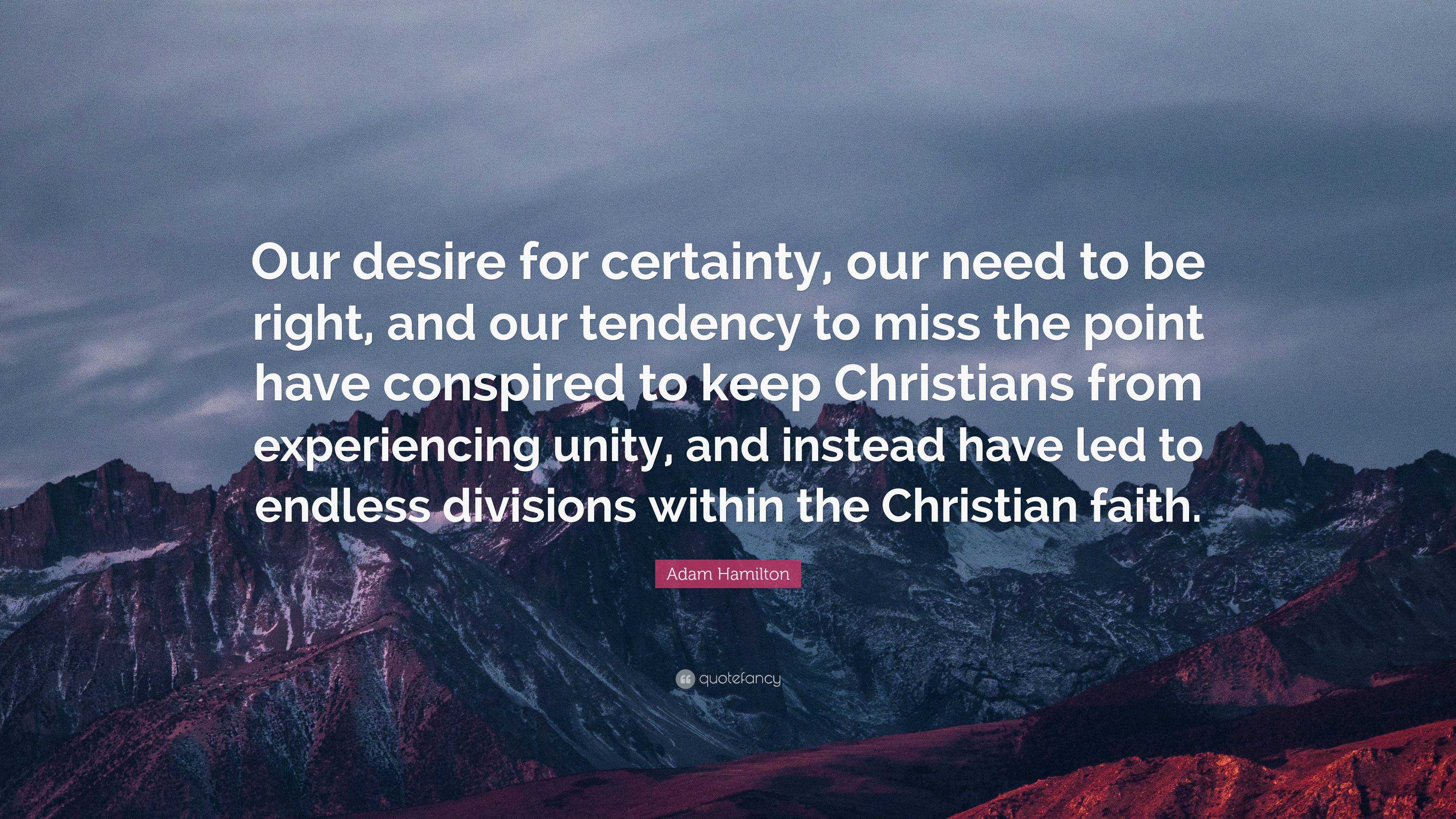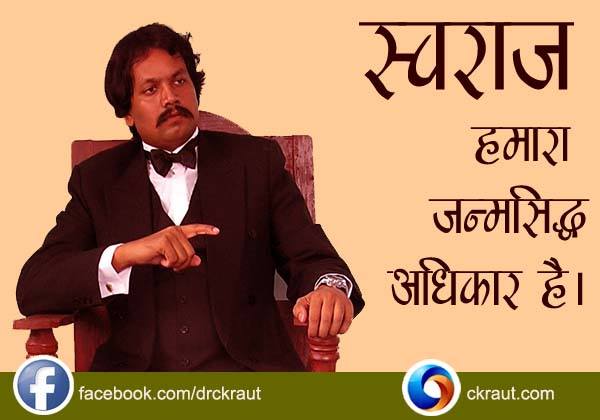The politicians in Nepal suffer from an inferiority complex across the board that makes them believe a political thought has to be thought somewhere else first before it can be tried in Nepal. Nepal is too backward a country to be the originator of new political thoughts and new political experiments. Marx has to first think it in Europe, Mao has to first apply it in China, some Socialist has to first talk about it in
India. The
Maoists are as guilty as anyone else.
Back in 2005 I appealed to the Maoists to act less dogmatic, and more thinking. They responded well. But this year they have been in an ideological rut.
Prachanda, Order Your Cadres To Live
After Ganapathy, A Ceasefire
For The First Time In A Decade, Permanent Peace Feels Possible
Militarists Attempting A Doramba Repeat To End Ceasefire
Prachanda, Extend The Ceasefire By Three Months
Prachanda, through his intransigence, and lack of creativity and imagination, has been able to bring about a political coalition in Nepal that is not in the best interests of his party, short term or long. What would be a roadmap the Maoists might want to follow?
Needed: An Ideological Leap
The Maoists went for a unilateral ceasefire in 2005, and that paved way for all the good things that happened afterwards. But their transition from Power Flows Through The Barrel Of A Gun to Power Flows Through The Ballot Box is not complete. They might no longer kill and torture, but they still beat people up. They need to get over that hangover. And they can't as long as they keep talking of an eventual revolution. When they talk of an eventual revolution, their talk of leading a government as a minority party sounds like a ploy to somehow garner a majority on their own, which would be a stepping stone to doing away with
multi-party democracy altogether. That flawed line of thinking comes from the Maoists not willing to engage in a fusion of the two major ideologies of the past century. The result of such a fusion would be a multi-party democracy of state-funded parties. That state can be created through the current constituent assembly. And once such a state is created, there is no more revolution, there are only elections.
The Maoists have to come out saying their end goal is to turn Nepal into a multi-party democracy of state funded parties. After such a creation there would be no more revolution, only elections. This they can do unilaterally. The ideological leap they can make on their own.
The step before that big step would be to pass a law that would require all political parties to make and keep their book keeping public. The people have a right to know. The Maoists themselves might be opposed to such a move because then they have to tell everyone how much money they have. Over the years the Maoists have exhibited mafia tendencies to extort money to sustain a certain living standard for their leaders. That thought has also made it possible for the regressionists to bring a lot of money into play into their political operations. The Maoists thought they moved from Power Flows Through The Barrel Of A Gun to Power Flows Through Sacks Of Money. That might have made short term material sense, but it makes no sense for a party that started out dreaming of a classless society.
Give One More Year To This Constituent Assembly
The Maoists should agree to give one more year to this constituent assembly. And it is because the work on the constitution is not done yet. If they don't cooperate, the assembly will expire, and the president might have to turn the current government into a caretaker government to hold elections to a new constituent assembly. So instead of a government that answers to a parliament where the Maoists are the biggest party, you will have a government that no longer has a parliament to answer to. That is an undesirable outcome at a few different levels.
The Maoists declaring a new constitution from the streets would be a stupid move and Prachanda's third big mistake. (
Prachanda's Second Big Mistake?) For one, it would not come into effect. It would be just a document, dead upon arrival.
Try And Form A New Coalition Government
If Prachanda does not make the mistake of not giving one more year to the constituent assembly, and he does not make the mistake of declaring a constitution from the streets, then the
MJF will likely come back into the fold of the 10 party coalition led by the Maoists. That coalition had almost 280 votes. All the Maoists would need to do after that is work with the Madhesi parties on their Ek
Madhesh Ek Pradesh agenda, and they would have a happy majority government. Maybe they don't need a national unity government. They just need to push the UML and the Congress out of power. These are two parties that were opposed to the very idea of a constituent assembly for the longest time.
But for the Maoists to do business with the Madhesi parties, they will have to make these other moves first. Declare you end goal is a multi-party democracy of state funded parties, that after that there will be no more revolution, only elections. Agree to extend the term of the assembly by a year. Then work to build a coalition that includes the Madhesi parties.
Ek Madhesh, Ek Pradesh
The Maoists were originally an Ek Madhesh, Dui Pradesh party. West of Rapti river was Tharuhat. Rapti to Mechi was Madhes. After the Madhesi revolution, their anti-Madhesi Pahadi Bahun chauvinism got the better of them and they broke that Madhes state on their map into five different states, all of them lead by Pahadi Bahuns inside the party structure. Chitwan was now no longer part of the Madhes. After they cooled down a little, they had their original Madhes state as two states minus Chitwan. The least they could do is go back to their original map of two states in the Terai with Chitwan being part of the Madhes state. And they should be willing to consider Ek Madhesh, Ek Pradesh. Why not? On the other hand, the Madhesi parties should be open to the idea of Ek Madhes Do Pradesh. Why not? Chitwan is part of the Terai and has to be part of the Madhes state.
The Maoists Have Won
The Maoists: Thinking Or Dogmatic?
An Appeal To The Maoists
Prachanda's Second Big Mistake?
The Peace Process Is At Its Most Fragile
Nepal Seeing Major Political Crisis
A 10 Party Government In Baburam Bhattarai's Leadership
Adhikaar: International Women's Day










